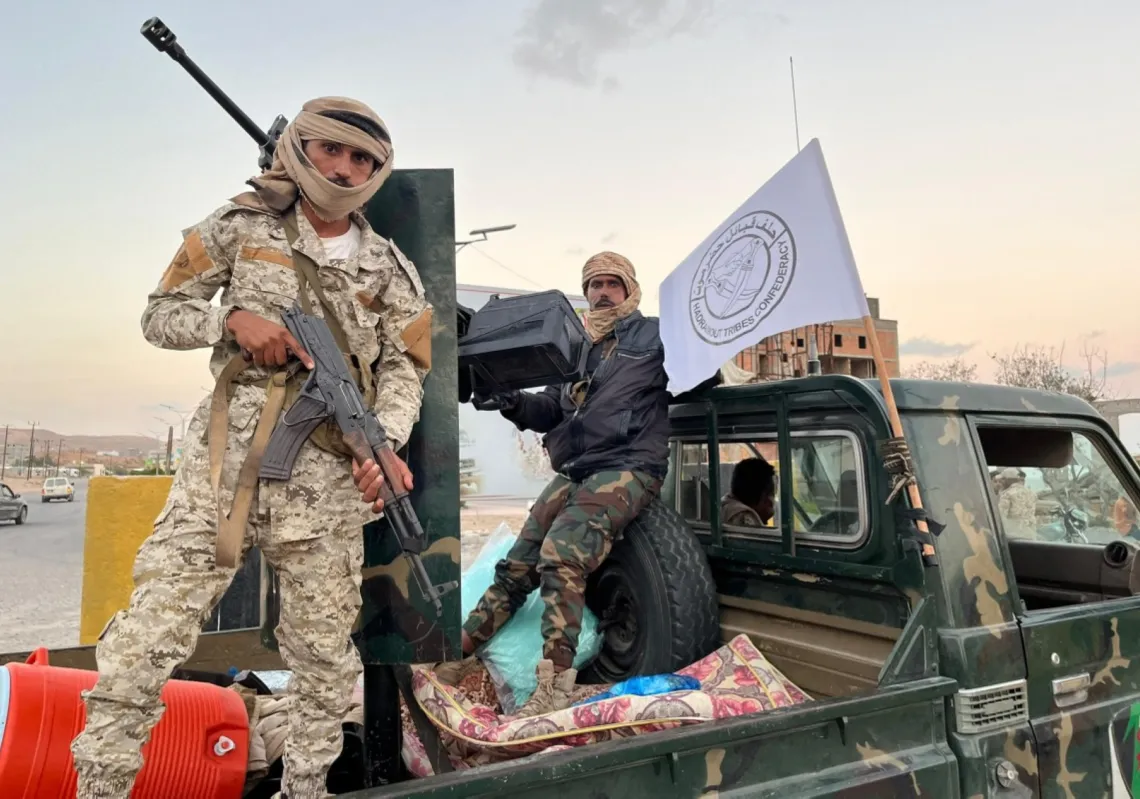 House visits of community mid-wives are instrumental in providing household-based maternal and neonatal care in rural areas of Yemen, this also aids in the areas of child malnutrition and high mortality rates in rural areas, Hodeidah, Yemen, August 12, 2010. (Photo by Brent Stirton/Reportage by Getty Images)[/caption]Despite its vast natural resources and untapped potential, Yemen is the poorest country in the Arabian Peninsula, and is now also on the verge of a major humanitarian meltdown. In spite of recent successes in peacefully transitioning from an authoritarian presidential system to a democratic civil state, Yemen’s fragile stability remains vulnerable to overlapping humanitarian crises, with poverty, hunger and population displacement at the top of the list.
House visits of community mid-wives are instrumental in providing household-based maternal and neonatal care in rural areas of Yemen, this also aids in the areas of child malnutrition and high mortality rates in rural areas, Hodeidah, Yemen, August 12, 2010. (Photo by Brent Stirton/Reportage by Getty Images)[/caption]Despite its vast natural resources and untapped potential, Yemen is the poorest country in the Arabian Peninsula, and is now also on the verge of a major humanitarian meltdown. In spite of recent successes in peacefully transitioning from an authoritarian presidential system to a democratic civil state, Yemen’s fragile stability remains vulnerable to overlapping humanitarian crises, with poverty, hunger and population displacement at the top of the list.
Now that the Yemeni National Dialogue Conference has ended with an agreement on the decision to draft a new constitution and impose a federal system, Yemen’s foreign partners have urged President Abd Rabbuh Mansur Hadi to focus his energy on alleviating poverty and hunger.
Earlier in January, senior UN officials warned that should Yemen fail to address its humanitarian crisis, stability would remain a distant dream. According to the UN’s latest figures, an estimated 14.7 million Yemenis will require some humanitarian assistance over the coming years, just over half the country’s total population.
Two years into its transition and Yemen has yet to curb its deteriorating humanitarian crisis. If anything, matters have gotten worse, accentuated by widespread insecurity, a weak central government, poor state amenities, and a chronic inability to deal with the ongoing arrival of foreign refugees. Fractured and out of breath, Yemen will need to be put on an IV drip of foreign aid for quite some time if it is to recover. To help Yemen through its transition, including its financial and social recovery, the UN has called on the international community to provide an additional 591 million US dollars in humanitarian aid in order to meet its most immediate needs.
In January, UN humanitarian coordinator for Yemen Ismail Ould Cheikh Ahmed, who has witnessed first-hand how poverty has continued to ravage the nation since the 2011 uprising, called on the international community to honor its pledges of assistance by committing to Yemen’s recovery. He said: “In order to stabilize Yemen, we need to . . . create jobs for the young, the youth . . . to provide food assistance for those life-saving activities or health . . . [close] to 8 million people today . . . [do not] have adequate access to health, medical facilities. So, if we do not address these [problems], I am saying then we will not be able to stabilize the country.”
Speaking before the UN Security Council in January, the director of the UN Office for Coordination of Humanitarian Affairs in Yemen, Trond Jensen, also rang the alarm bell, warning that the country had reached a critical stage. He agreed with President Hadi’s warnings back in 2012 of a new “revolution of the hungry” should the international community fail to alleviate the nation’s most urgent aid requirements: “There is a huge number of hungry people. There are huge numbers of people who do not have access to the most basic of services, who do not have access to rule of law . . . and that has the potential to undermine the political process. And in that process, I think it is important that the international community stand by the government of Yemen to make sure that those gains . . . call them peace dividends if you like . . . [result in] tangible progress for the average Yemeni in terms of having access to food, not having to starve, not having to see the children suffer.”
Utterly drained and on the verge of collapse, Yemen has the second-highest rate of malnutrition in the world, with over 900,000 children considered food insecure. It is now also home to increasing numbers of foreign refugees, putting additional stress on already minimal state resources. To make matters worse, the country is facing a refugee exodus of its own making, as tribal violence in its northern highlands has forced tens of thousands of civilians to flee conflict areas in search for shelter and safety.
However one chooses to look at Yemen, misery and desperation seem to be evenly spread across the country, casting a dark shroud over whatever political progresses the coalition government managed to secure over the past two years. At a time when Yemen is looking to bring about political change by committing to a new constitution, debilitating poverty threatens to render its plans moot.
All views expressed in this blog post are those of the author and do not necessarily represent the views of, and should not be attributed to, The Majalla magazine.









